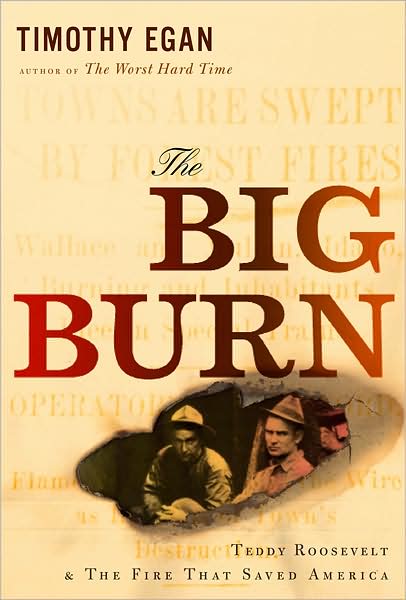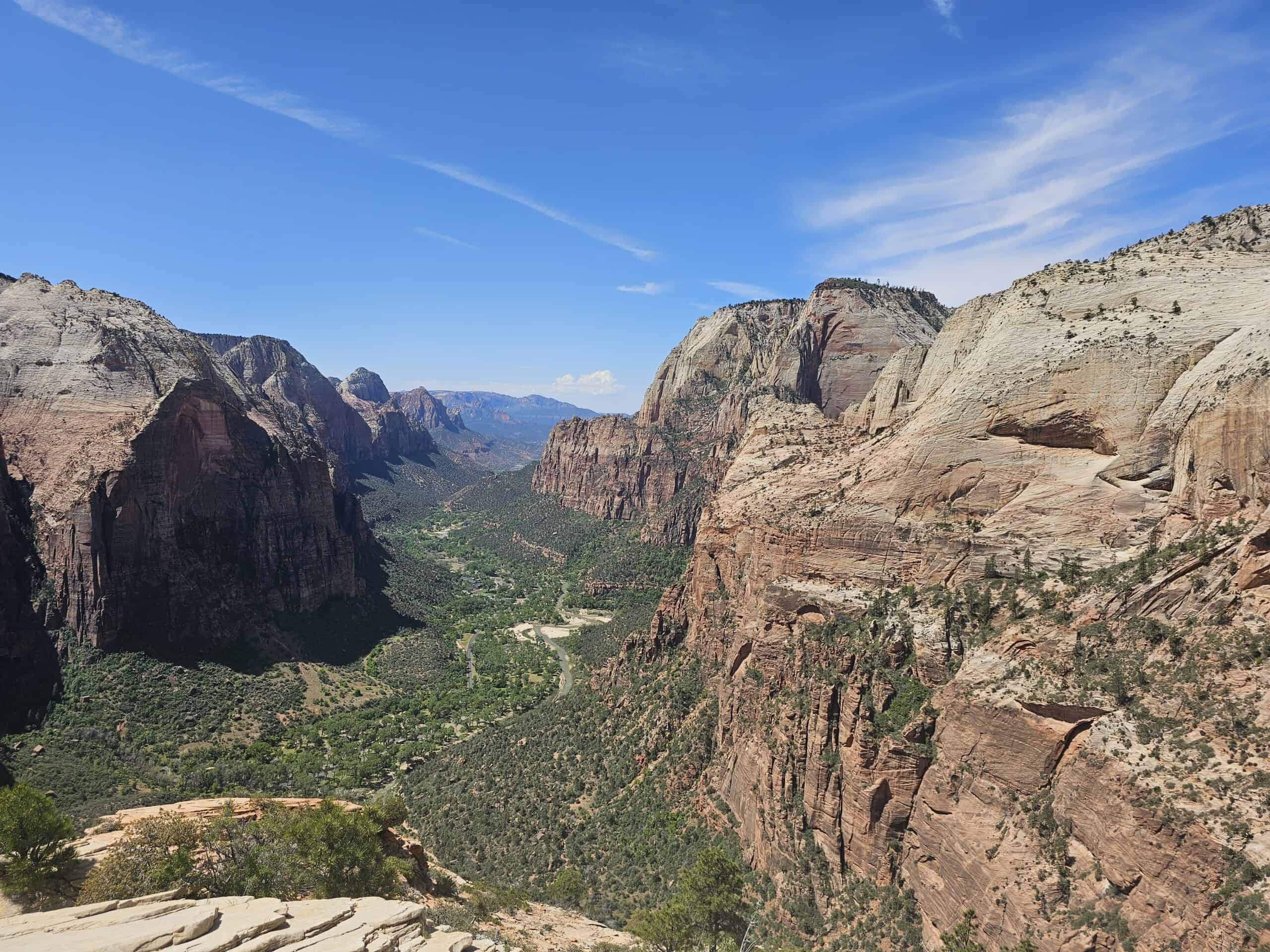Timothy Egan’s The Big Burn: Teddy Roosevelt & The Fire That Saved America reads, in most part, like a textbook example of the “Great Man” theory. As the title suggests the 26th President of the United States, Theodore Roosevelt, plays a pivotal role in this historical narrative of the Great Fire of 1910. But the title leaves out another key player prominently featured, Gifford Pinchot, American forester and the first Chief of the United States Forest Service. And that whole part about it being “The Fire That Saved America” may be a bit hyperbolic (by “a bit,” I mean “definitely”).
Egan shows Roosevelt and Pinchot working tirelessly, doggedly, and at times aggressively, to advance their new direction for American forests, largely influenced by John Muir, “conversation.” That is, take the natural resource of timber out of the hands of the Robber Barons so prevalent in the Gilded Age West during this time and save the forests for posterity. Pinchot believed fire could be completely controlled by man, so long as his forest service agents (called “Little GPs” at the time) ran the show.
And like the Titanic and the apple of Eden, whenever man so declares an impossibility, Acts of God will show him otherwise. Such is the case here, of course, as three million acres of north Idaho, western Montana, and northeast Washington burned in the largest fire recorded in US history. Eighty-seven people died, including 78 (and I use the term loosely here) “firefighters.” The Forest Service picked up most of these firefighters from unemployment lines, prisons, or other manual labor jobs. Not the most qualified. Or well-paid, for that matter. Congress refused to cover their wages and, later, their medical bills.
The fire, however, is really only half of the story in The Big Burn. Egan paints a black-and-white, good-versus-evil portrait of the benevolent, never-wavering Roosevelt-Pinchot team (RoosChot today’s paparazzi may name them) against the evil, money-hungry Robber Barons like Montana Senator William A. Clark. And not without cause. This book provides a wonderful history on Montana’s Gilded Age politics. (I say this as a native Montanan; we know our past was super-shady. We’ve come to peace with it. In fact, we think it sets us apart because we did something about it. Unlike some states who shall remain unnamed. But I digress…)
Egan’s vivid, moving narrative of the fire and those involved—those who lost their lives, their families, their possessions, their entire towns—makes the over-simplification of Roosevelt and Pinchot forgivable. The Great Man lens continues when Pinchot looks back over the Great Fire, realizes the error of his thinking…and does nothing about it.





What do you think?